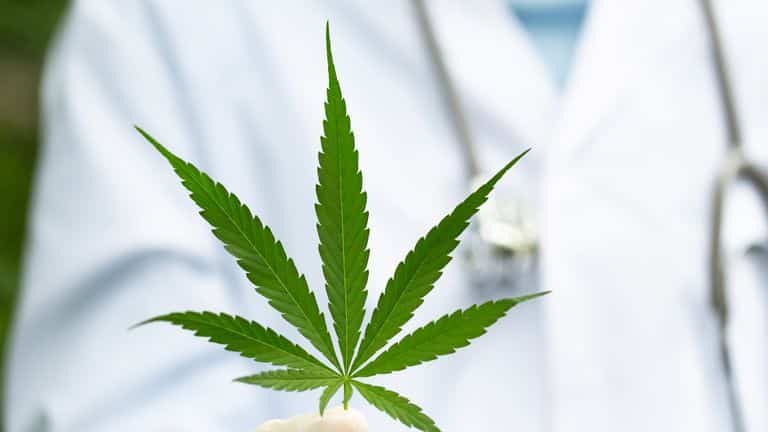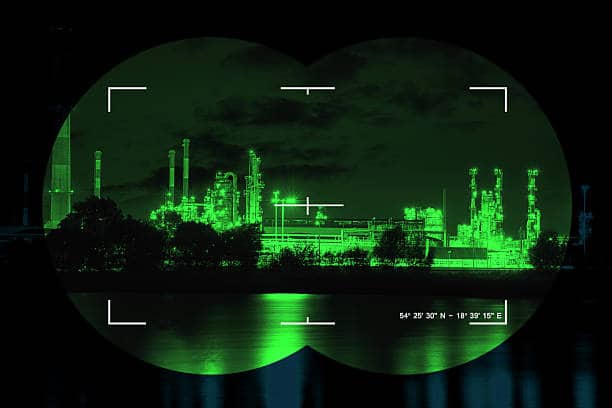When we think of drug addiction, substances like alcohol, cocaine, and heroin often come to mind. However, there are lesser-known drugs that can also lead to addiction and pose significant risks to individuals’ health and well-being.
In this article, we will shed light on these hidden dangers, exploring the risks, signs, and consequences associated with substances such as synthetic cannabinoids, prescription medications, and designer drugs. By increasing awareness about these lesser-known addictions, we can promote informed decision-making and encourage individuals to seek help if they or someone they know is struggling.
Synthetic Cannabinoids
Synthetic cannabinoids, commonly known as “synthetic marijuana” or “spice,” are lab-created chemicals designed to mimic the effects of THC, the active component in cannabis. These lesser known types of drug dependence are often marketed as a legal and safe alternative to marijuana, but they pose grave dangers and have gained notoriety for their unpredictable and potentially harmful effects.
One of the reasons synthetic cannabinoids are so dangerous is the inconsistency in their chemical composition. Manufacturers constantly change the chemical formulas of these drugs to evade legal regulations. As a result, users are exposed to different and often unknown substances each time they consume synthetic cannabinoids, leading to an increased risk of overdose or adverse reactions.
The risks associated with synthetic cannabinoids are far from benign. Users may experience severe agitation, anxiety, and paranoia, often to an extreme and uncontrollable degree. Hallucinations and delusions are common, with users perceiving events and stimuli that are not actually present. The intensity and unpredictability of these hallucinations can lead to panic attacks and extreme fear.
Moreover, synthetic cannabinoids can have severe physiological effects on the body. They can cause a rapid heart rate, which may result in cardiovascular complications and increases the risk of heart attack. Seizures are also a potential risk, especially among individuals who are prone to seizures or have pre-existing medical conditions.
Psychosis, characterized by a loss of touch with reality, is another serious consequence of synthetic cannabinoid use. Users may experience disorganized thinking, disturbed perceptions, and a detachment from their surroundings. The psychosis induced by synthetic cannabinoids can be intense and long-lasting, leading to significant distress for the individual and potentially requiring medical intervention.
Prescription Medications
Prescription medications, when used as directed, play a vital role in managing various medical conditions. However, when misused or abused, these medications can become a source of addiction and pose significant risks to individuals’ health and well-being. Among the most commonly misused prescription drugs are opioids, benzodiazepines, and stimulants.
Opioids are powerful painkillers prescribed for managing severe pain. Medications such as oxycodone or hydrocodone are highly addictive due to their ability to bind to opioid receptors in the brain, resulting in pain relief and a sense of euphoria. Prolonged or improper use of opioids can lead to physical dependence, tolerance, and the development of withdrawal symptoms when the drug is reduced or discontinued. The misuse of opioids can have devastating consequences, including overdose and respiratory depression.
Benzodiazepines, commonly prescribed for anxiety or sleep disorders, are another class of prescription medications with a high potential for addiction. Medications like Xanax or Valium work by enhancing the effects of a neurotransmitter called gamma-aminobutyric acid (GABA), producing a calming effect. However, long-term use or misuse of benzodiazepines can lead to physical and psychological dependence. Abrupt discontinuation or reduction of these medications can trigger withdrawal symptoms, including rebound anxiety, insomnia, irritability, and even seizures.
Stimulant medications, such as Adderall or Ritalin, are primarily prescribed to manage attention-deficit hyperactivity disorder (ADHD) and narcolepsy. These medications increase dopamine and norepinephrine levels in the brain, enhancing focus and attention. However, due to their stimulating effects, stimulants can be misused for their euphoric properties. Individuals may take higher doses than prescribed, use them without a prescription, or engage in other risky behaviors to obtain and misuse these drugs. Prolonged misuse of stimulants can lead to addiction, cardiovascular complications, and psychological issues.
Recognizing the signs of prescription medication addiction is crucial in addressing the problem. Some common indicators include “doctor shopping” (visiting multiple doctors to obtain prescriptions), frequent requests for refills or early prescription renewals, changes in behavior or mood, and a preoccupation with obtaining and using the medication. Additionally, individuals addicted to prescription medications may exhibit withdrawal symptoms when trying to reduce or quit the drug, such as anxiety, restlessness, insomnia, muscle aches, and nausea.
While alcohol, cocaine, and heroin often dominate discussions about drug addiction, it is essential to shed light on the lesser-known substances that can also lead to addiction and pose significant risks.
Related Posts




